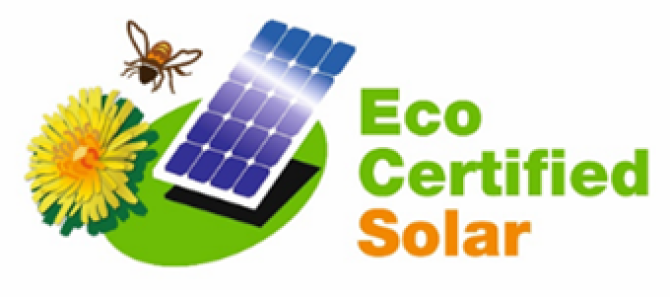Project
EcoCertified Solar Parks
Much can be done to increase the natural value of solar parks. Light on the soil and vegetation management are crucial factors therein. What are the basic requirements for nature inclusive solar parks, and how can those values be realised in existing solar parks? That is the aim of the project EcoCertified Solar Parks.
The EcoCertified Solar Label
What are we investigating in the parks?
Three PhD-students at Wageningen University are studying the (changes in the) natural values in 20 existing solar parks:
- Luuk Scholten is investigating soil quality (e.g., vegetation growth, soil organic matter, carbon storage);
- Timea Kocsis is investigating the importance of the park vegetation and its management for insects and other invertebrate fauna;
- Chloé Tavernier is investigating use of the parks by mammals and birds, and the conditions that are required to allow such use.
Mowing and grazing: vegetation management experiment
Part of the PhD research concerns studying the effect of vegetation management on ecological value of the solar parks. To that end, four management treatments were initiated in the fall of 2022:
- Mowing twice a year without removal of cuttings (common practice in Dutch solar parks);
- Mowing twice a year with removal of cuttings (improved mowing practice);
- Mowing frequency tuned to the growing conditions in the park (much improved mowing practice);
- On-and-off pressure-grazing with Kempen heath sheep. This breed of sheep is known to eat all vegetation, not just the tasty plants and flowers.
Space between panels or space for natural elements?
Managing existing and designing future solar parks
Developers that build and manage a solar park according to the guidelines (that are currently being researched and developed), obtain the EcoCertified Solar Label. The label guarantees the solar park to have an added value for ecology and biodiversity. This way, the label provides tools for developers and local governments to establish solar parks with an added value for nature.
The label provides a surplus value for existing solar parks as well, because it provides guidelines to manage the parks in such a way that biodiversity increases.

